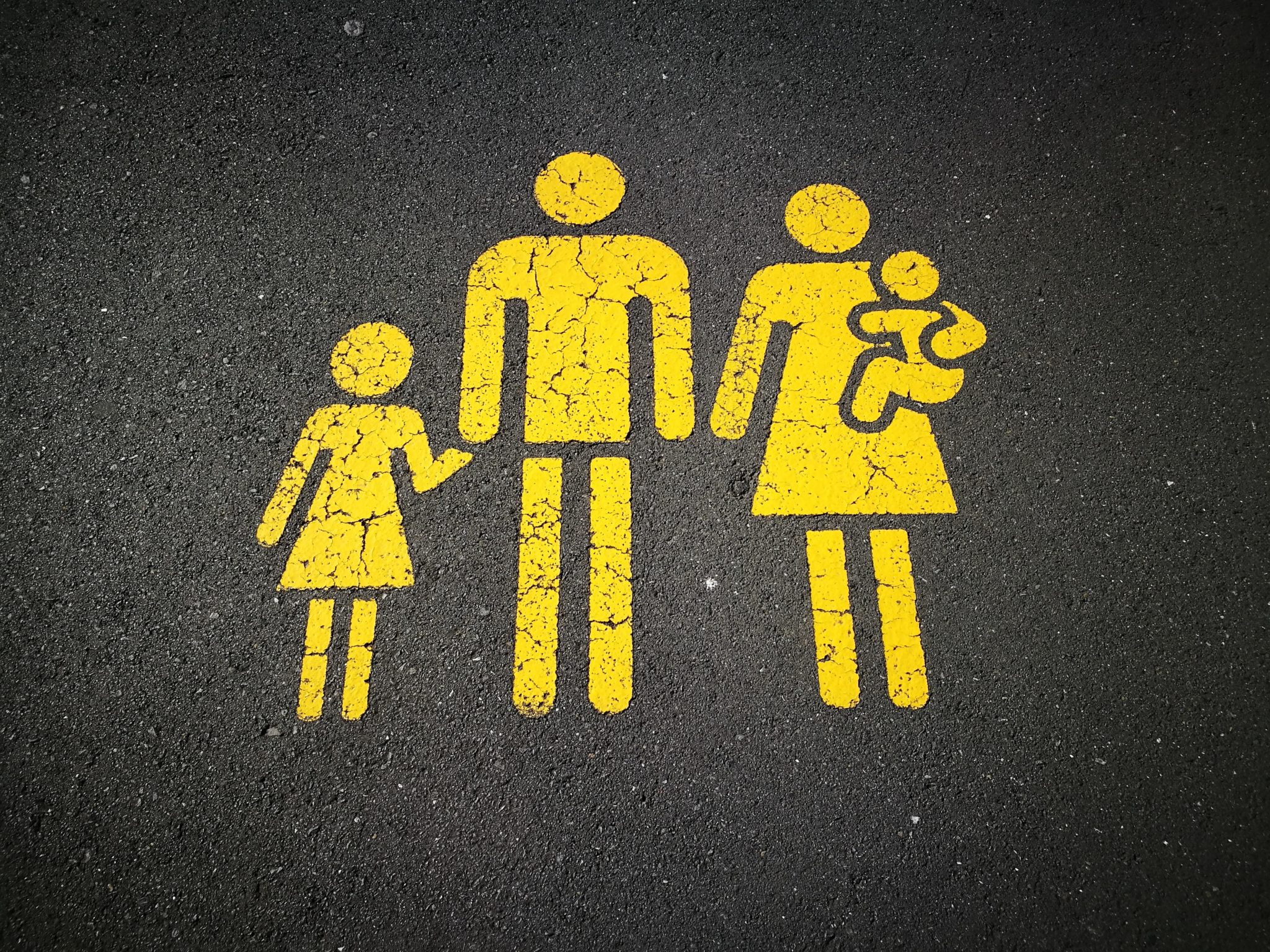During this terrible pandemic, state leaders have been at the forefront of the response…
Are female politicians caught in a traditionalist trap?

Women running for office face the challenge of how to negotiate expectations of them as women, politicians and professionals. Hillary Clinton has faced a lifetime of these choices from her cookie baking comments to her commitment to wearing a single uniform – the pantsuit – that drew national celebration and scorn ). What Clinton has illustrated throughout her long-career is that women face competing expectations to be good women, good wives and good mothers all while excelling in their careers. No wonder everyone is so tired.
Yet, the rise of female candidates in the 2018 midterm elections illustrate, women are making important inroads into office, shifting expectation of female candidates. So, the question remains: do voters reinforce the traditionalism trap – expectations of female candidates to be attractive, married and parents – and if so, who are they?
To investigate this question, The Policy Lab at the University of Melbourne conducted an experiment on attitudes towards male and female political leaders. We asked almost 1500 Australians who self-identify with the major left and right-of-centre political parties to evaluate a candidate for prime minister. We described a candidate with the exact same qualifications, but with one important caveat – half the sample were asked to evaluate our female candidate “Jennifer” and half our male candidate “James”. This allowed us to determine whether people viewed the electability of our candidates differently based on their gender.
We found that conservative men held potential political leaders to the strictest electability standards. Conservative men reported politicians had a better chance of success if they were “attractive”, had “a long-term happy marriage” and have children. While conservative men held both Jennifer and James to these higher standards, we know from myriad studies that female candidates have a harder time negotiating work and family demands. Generally speaking, these higher standards would be more detrimental to a female politician’s success than a man’s.
For women, a voter’s political partisanship drove important differences in perceptions of electability. For example, conservative women (Liberal and National voters) thought Jennifer would be less electable if she were divorced. For progressive women (Australian Labor and Greens party voters), divorce made Jennifer more electable. Conservative women, like conservative men, thought attractiveness was more important for electability for both of our candidates. Interestingly, women across the parties thought a happy long-term marriage was less important for Jennifer than James in his electability. Thus, conservative women don’t think Jennifer must be happy in her marriage but that she should not be divorced if she wants to achieve the highest office. These perceptions reinforce a traditionalist view of women, that we call the traditionalist trap.
So, what does the traditionalist trap mean for female candidates entering politics? It depends on political party representation. Parties drive different expectations about women leaders– conservative men adhere most strongly to the traditionalism trap of an attractive, married parent; conservative women follow closely with this view. Progressive women, however, see the traps of traditionalism and are less likely to penalize female candidates as a result. Given that nearly one in two marriages in the USA and one in four in Australia end in divorce, let’s hope divorce does not mean death to women pursing a political career.






